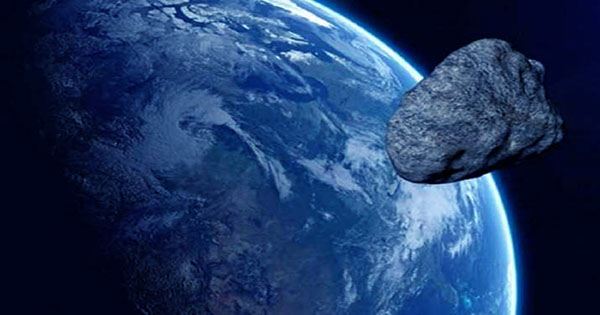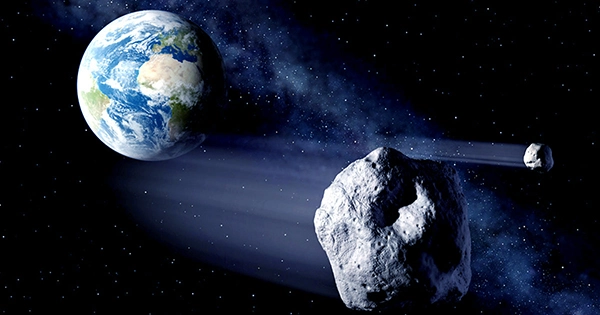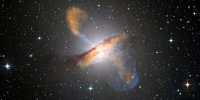On March 11, a 3-meter asteroid sped into view and pierced the Earth’s atmosphere, likely landing off the coast of Iceland. The asteroid is unique in that it was only discovered two hours before it collided with Earth, making it only the sixth asteroid to be discovered before it collided with the planet. Although local accounts from Iceland claim a big fireball passed overhead, it is uncertain if the asteroid really impacted the ocean or broke up in the atmosphere. The European Space Agency’s (ESA) near-earth objects coordination center is currently looking for any footage of the asteroid, though they say it’s unlikely owing to its distant position.
Krisztián Sárneczky of a Hungarian observatory made the discovery, pointing out a “bright and fast-moving object” in the night sky. Sar2593 was the object’s name, and its impact probability was estimated to be less than 1%. Following that classification, however, computerized algorithms detected that Sar2593 would have a 100% probability of impacting somewhere near Northern Ireland. Immediately, scientists from all around the world began attempting to track the object, which was no simple task given its speed of 18.5 kilometers per second and proximity to Earth.

The object was believed to have collided with Earth between 9:21 and 9:25 p.m. UTC, assuming it made it through the atmosphere before burning up. There is currently no definite evidence that it landed, however there have been reports of a massive hit off the coast of Iceland that might be more than a coincidence. Both Iceland and Greenland detected signals emanating from an asteroid impact with an energy release of 2 to 3 kilotons of TNT – for comparison, the Halifax explosion was comparable to 2.9 kilotons of TNT – indicating an asteroid of 3 to 4 meters in diameter collided with the water nearby.
The asteroid would have been destroyed by slicing through the atmosphere at that speed, with large chunks breaking away and vaporizing. Friction with the air causes huge bursts of light, known as a fireball, which split the asteroid apart. The ESA is now asking anybody who may have seen the asteroid to send in their film, which can be seen here.















